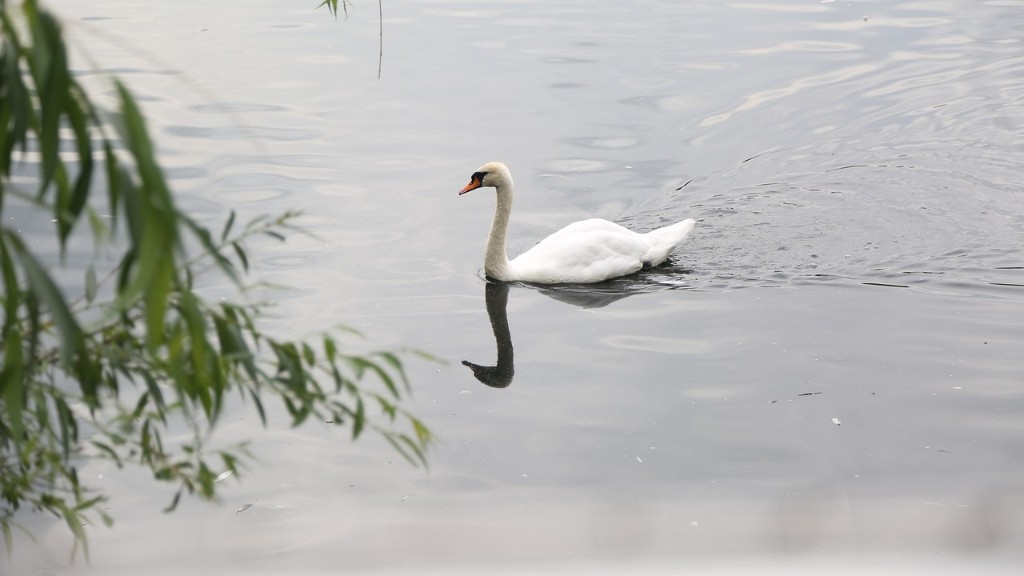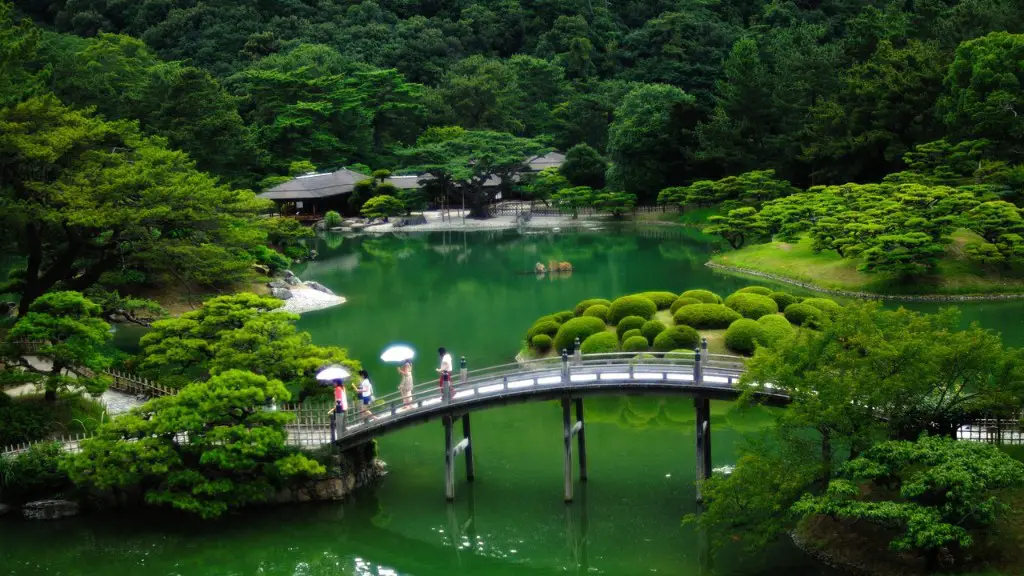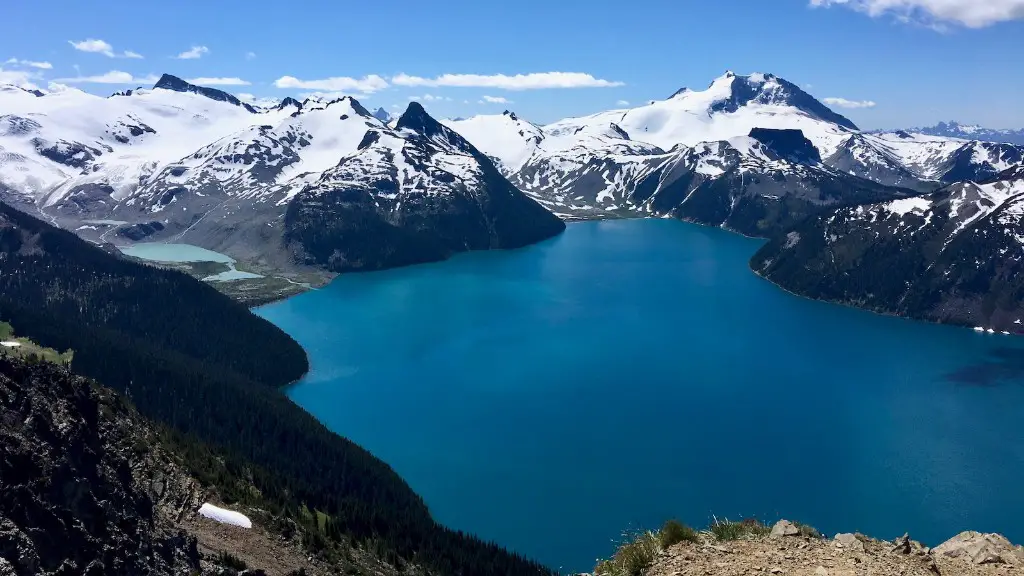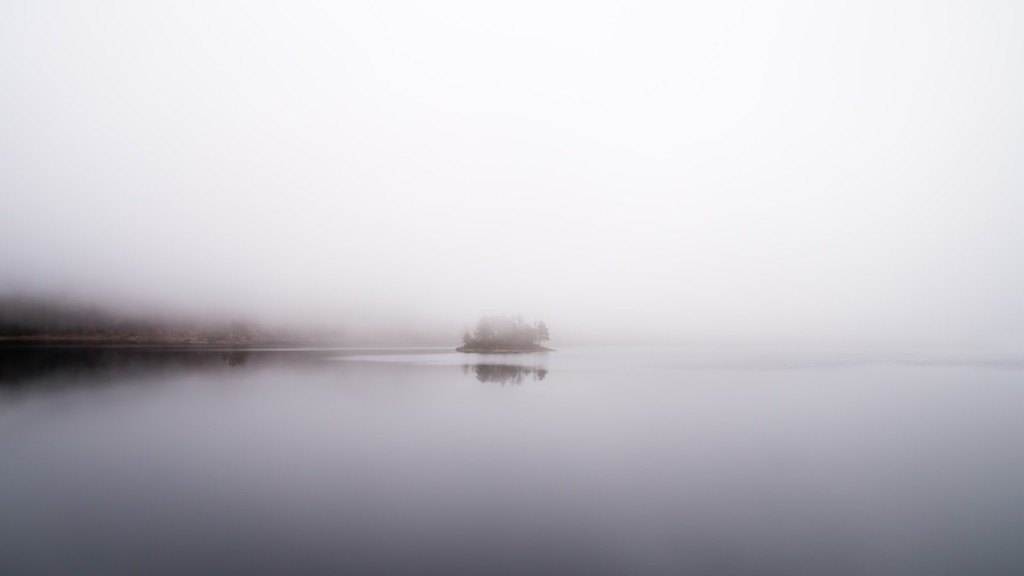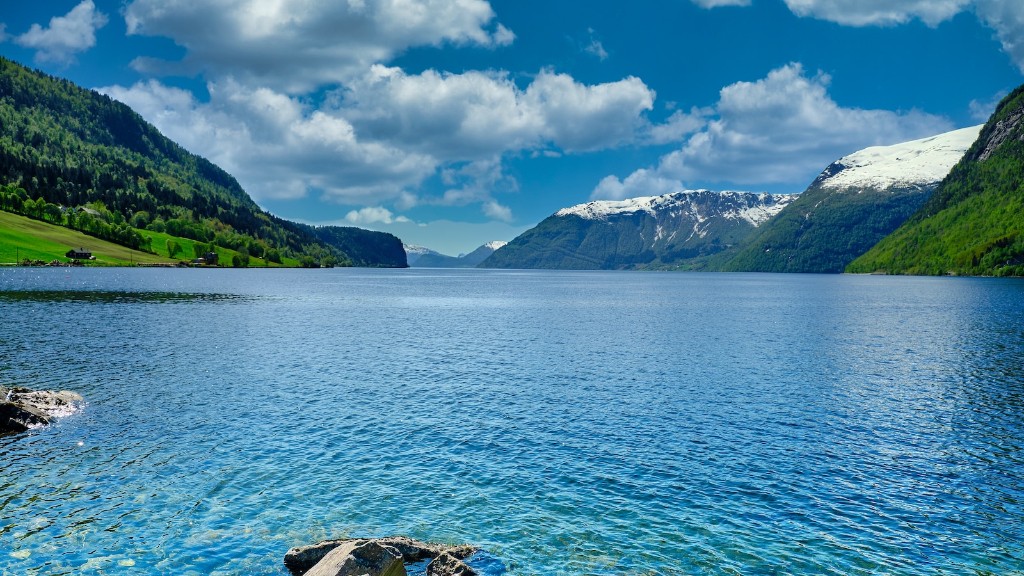Lake Michigan, one of the five Great Lakes on the American-Canadian border, is an essential source of water for many cities and towns in the Great Lakes region. In recent years, water levels in the lake have been rising to levels never seen before. This trend has led to a range of concerns from the communities that depend on Lake Michigan for their drinking water, their economic activity, and their recreation. In order to understand why water levels are rising and what effects this will have on the region, let us take a closer look.
Rising lake levels is a natural phenomenon caused by a combination of climate change and fluctuating weather patterns, along with human activities. The warmer temperatures resulting from global warming cause more water to evaporate, resulting in higher lake levels. Additionally, increased precipitation due to heavier storms and increased snowmelt also contribute to the rise in lake levels. According to the US Geological Survey, over the last two decades, the lake’s water levels have risen more than two feet higher than they were in the 1920s.
The rise in lake levels is impacting the Great Lakes region in a variety of ways. While the rise in lake levels has resulted in some benefits, such as providing additional water for cities, towns, and wildlife, it also comes with a number of challenges. For instance, the higher lake levels have caused increased erosion of beaches and coastal structures, resulting in costly repairs. The rising water levels have also caused increased flooding, leading to the displacement of people and property damage.
In response to the rising water levels, local communities and organizations have implemented a range of measures to mitigate the effects. These include investing in shoreline protection measures, such as seawalls and beach nourishment projects. Additionally, communities have adopted adaptive strategies, such as raising floodwalls and increasing floodplain management efforts, to better prepare for the impacts of flooding.
Despite these efforts, experts caution that the rising lake levels may become a significant concern in the future. As temperatures continue to rise and weather patterns become more unpredictable, the water levels of Lake Michigan and the other Great Lakes could continue to climb, with potential far-reaching impacts.
Effect on Marine Ecosystems
The rise in lake levels has had a considerable impact on the marine ecosystems of the Great Lakes. Higher water levels have resulted in a change to habitats, as some species are unable to survive in the warmer and deeper waters. In addition, increased flooding has disrupted spawning and migration patterns of certain species, resulting in a decrease in overall fish populations in the lake.
In addition to the direct effects on species, increased water levels and flooding can impact nutrient levels in the lake, leading to a decrease in water quality. The resulting changes to the lake’s ecosystem could have a long-term impact on the health of the lake and the species that call it home.
The rise in lake levels has also had an effect on recreational activities. Warmer and deeper waters are more difficult to navigate, leading to decreased accessibility and a reduction in boat traffic. Additionally, as shoreline structures are affected and beaches erode, the opportunities for swimming and other recreational activities are diminished.
In order to protect Lake Michigan and the surrounding communities and environment, it is important to take measures to slow the rise in lake levels. This could include further restrictions on water usage in the Great Lakes region, as well as increased protections for coastal areas to mitigate the impact of flooding and erosion.
Economic Impact
The rising lake levels have had a significant economic impact on the Great Lakes region. Increased flooding has caused expensive property damage and led to a decrease in tourism and recreational activities. In addition, higher water levels have caused navigation issues, making it more difficult for ships and other maritime vessels to navigate, which has in turn impacted the amount of trade in the region.
Higher water levels have also resulted in increased operating costs for some businesses and organizations. Many industries, such as power plants and factories, require pumps to keep their facilities dry and keep their operations running. As the water levels rise, these pumps have to work harder and longer to keep the areas dry, resulting in increased costs.
The rising lake levels have also caused an increase in insurance premiums for businesses and homeowners in the Great Lakes region, as insurers have to factor in the risk of flooding from the lake. This has caused a financial burden for some businesses and homeowners in the region.
In order to mitigate the effects of rising lake levels, the US and Canadian governments have implemented a range of policies and programs. These include measures such as dredging, beach nourishment projects, and the use of flood mitigation structures.
Long-Term Projections
As temperatures continue to rise and rain and snowfall patterns become more variable, experts expect that the water levels in Lake Michigan and the other Great Lakes will continue to rise. Over the coming decades, this could have far-reaching implications, as the increased flooding and erosion caused by the higher water levels will result in even more significant economic, environmental, and social consequences.
However, the full extent of the effects of the rising lake levels will depend upon the rate at which water levels continue to increase. If water levels continue to rise at the current rate, the impacts to the Great Lakes communities and ecosystem could be significant. On the other hand, if water levels can be stabilized or even reduced, the effects may be minimized.
Human Activity Impact
While much of the rising of water levels in Lake Michigan and the other Great Lakes is attributed to natural forces such as a changing climate, human activities also play a role in the rise of the lake levels. For example, over-pumping of waterways leading to Lake Michigan, as well as the depletion of wetland habitats, can both contribute to increased flooding in the region.
Additionally, agricultural runoff and other sources of pollution can make their way into the lake, resulting in increased nutrient levels and algae blooms. The resulting changes to the lake’s PH levels and other factors can also contribute to higher lake levels.
In order to reduce the impacts of human activities on lake levels, it is important to reduce pollution and runoff from agricultural and other sources, as well as invest in wetland conservation projects. Additionally, improvements in water conservation efforts and water management techniques can help to reduce the level of water being withdrawn from the lake.
Implications for the Future
The long-term implications of the rising water levels in Lake Michigan and the other Great Lakes are difficult to predict, but it is clear that the effects will be significant. In order to protect the environment and economy of the Great Lakes region, it is essential that we take measures to mitigate the impacts of the rising lake levels. This could include further restrictions on water usage, increased protections for coastal areas, and improved water management techniques.
In addition, it is important to address the factors contributing to the rise in lake levels, such as climate change. Reducing greenhouse gas emissions, investing in renewable energy, and developing adaptive strategies are all essential steps to address the root cause of this problem. With the right measures in place, we can work to protect the future of the Great Lakes and the communities that depend on them.
